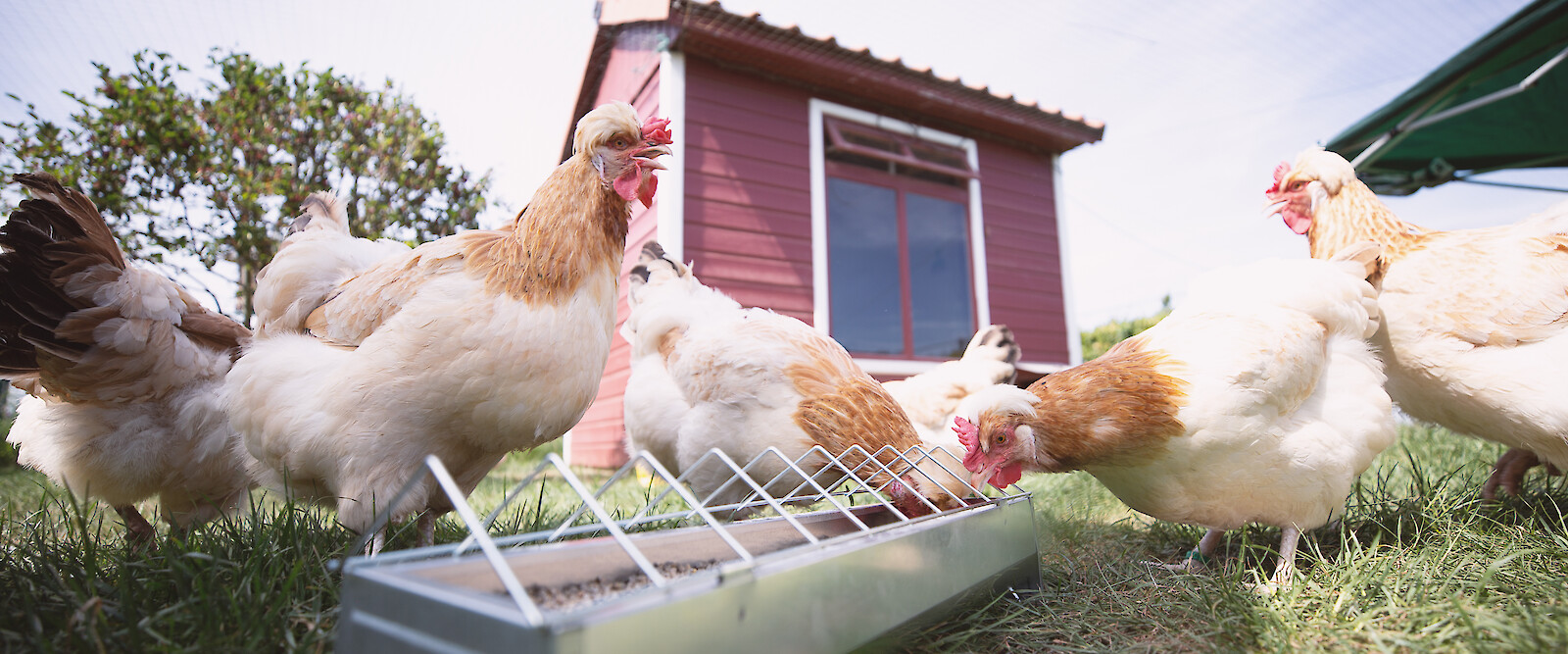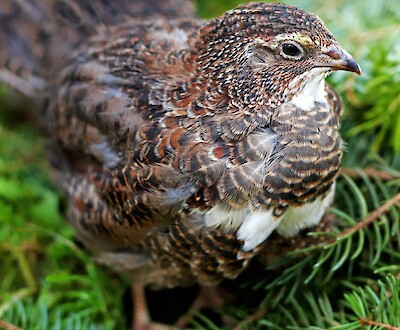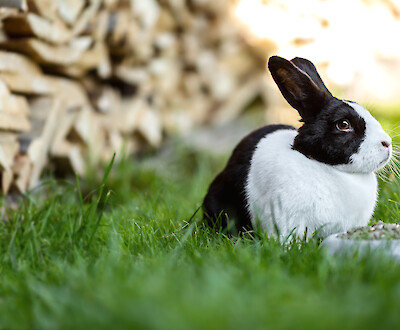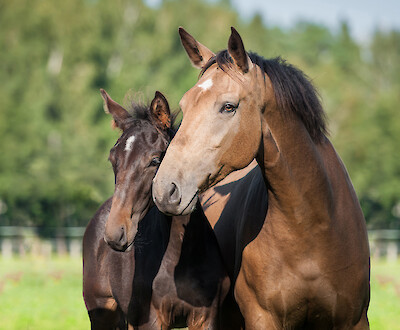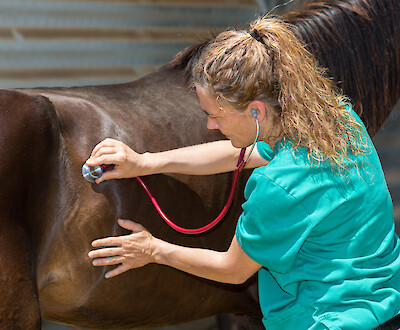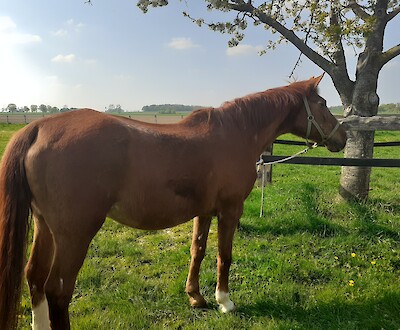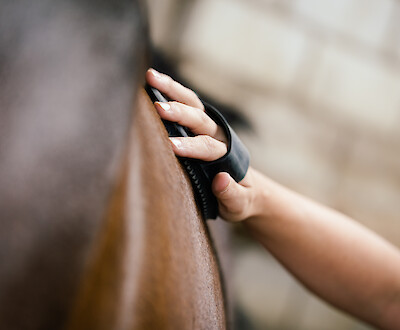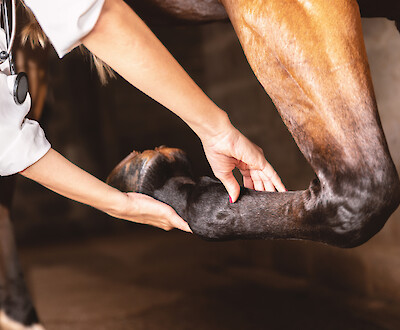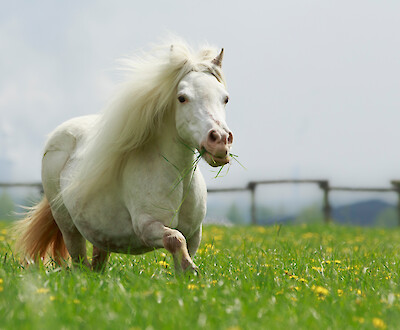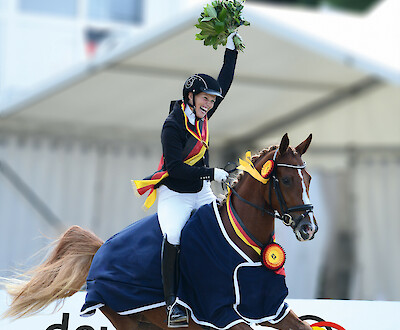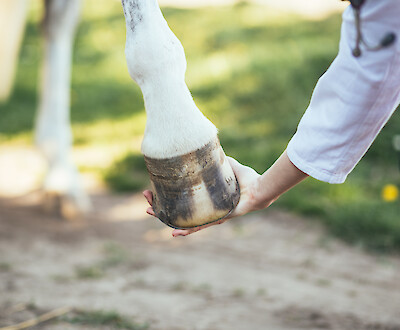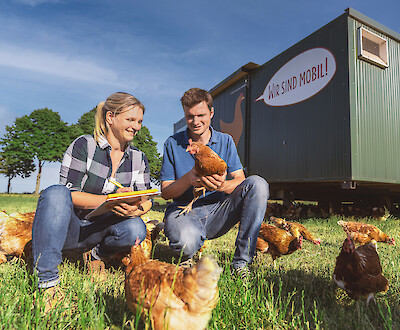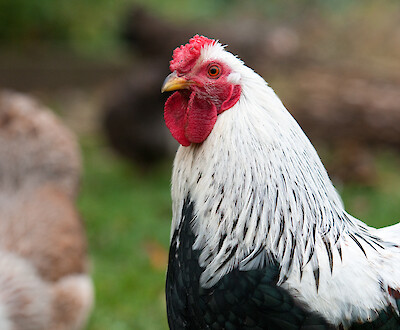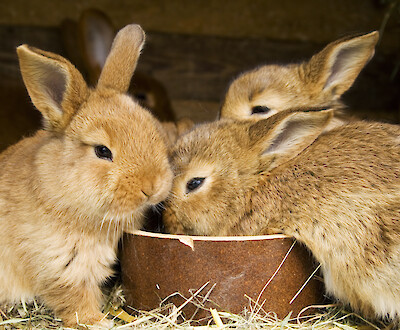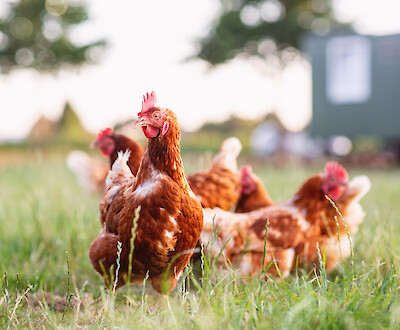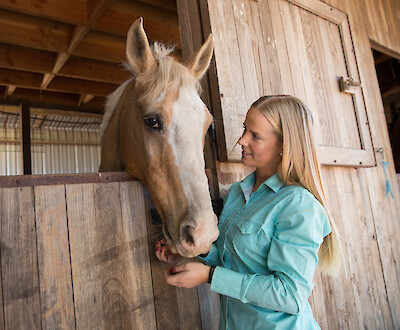Own eggs from chickens in the home garden
Basics of keeping chickens in your own garden: questions, answers and info
Is it allowed to keep chickens in one's own garden in order to enjoy fresh eggs at breakfast every day? More and more people in Germany are asking themselves this question. To ensure that the idea does not remain a mere fantasy, prospective poultry farmers in the city and the country need to ask themselves some basic questions. There are also some legal issues to consider. This article from our section "Your own eggs from chickens in your home garden" will help you answer these questions and provide initial orientation.
Is private poultry keeping allowed in one's own garden or residential area?
Yes, keeping chickens privately is generally permitted in Germany. This is because chickens - just like rabbits - are considered small animals. The condition is that the chickens are kept in a species-appropriate manner and that neighbours are not disturbed by the scratching, clucking or smell. With laying hens, this is usually not a problem. The situation is different if you add a rooster to the group. Be sure to discuss your plans with neighbours or tenants before buying. This way you can clear up any concerns early on and avoid trouble. You should also check with your municipality whether there are any special local regulations - better safe than sorry!
Law: Do I have to register my chickens in the garden?
Yes, even if you only keep a few chickens in your garden, you will still have to deal with a little bureaucracy. Even before you release the first hen into the garden at home, you must notify the competent veterinary office and the animal disease insurance fund of your intention. This also applies if you are only keeping the animals for pleasure. The authorities must be informed in order to be able to act quickly in the event of an animal disease, for example.
Costs may be incurred for registration - but they do not have to be. This varies from federal state to federal state. However, private chicken farmers also benefit from the regulation: they sometimes receive money back if animals die due to a poultry disease or if the animals have to be killed to prevent the spread of a disease. If the animals are not registered, on the other hand, they may be subject to severe fines.
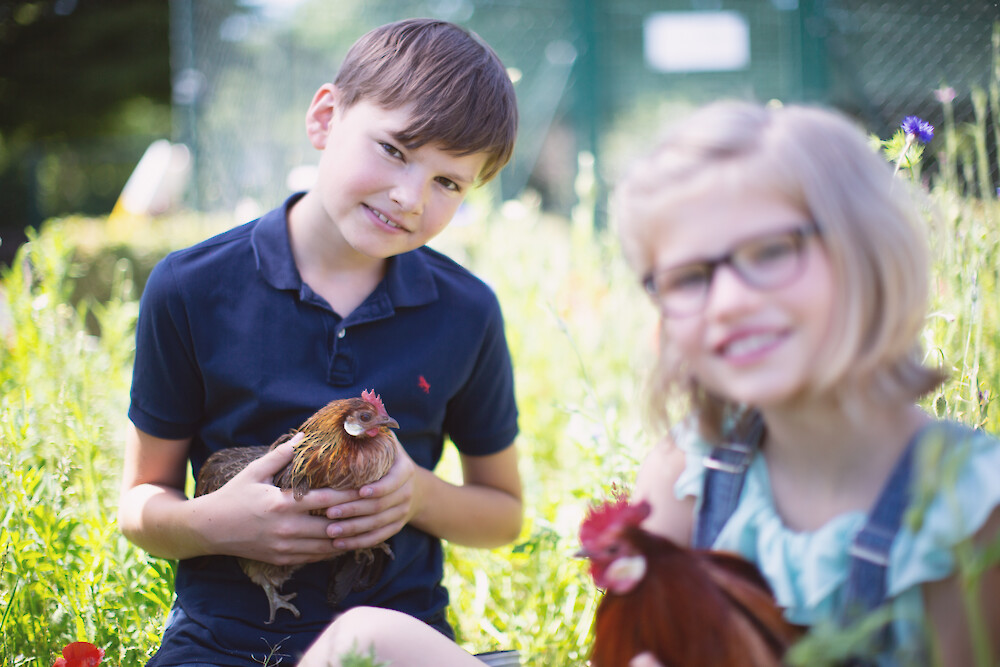
What are the costs of keeping chickens in the garden?
Keeping chickens in your own garden is cheaper than many people think. But certain costs still arise. You have to buy a coop, equip it, provide fencing, arrange for vaccinations and veterinary examinations, etc. Finally, you have to buy the animals. Finally, you have to purchase the animals. The more extensive your project is, the larger the herd and the more equipment and quality you want to offer the animals, the more money you will have to budget.
You also have to factor in the daily feeding. Each hen eats about 120 g of poultry feed per day. If you keep five to ten hens, you can get by with one to two bags of poultry feed per month. Newcomers with little know-how should start with a complete feed (e.g. all-mash L), which ensures the supply of the birds. It also makes sense to offer the birds supplementary oyster shells or mussel meal. The calcium they contain in abundance improves the quality of the hens' eggs.
Important: Do not skimp on feed. Leftovers and kitchen waste are not suitable for an adequate supply of hens. Those who value feeding with local ingredients will find further tips in our article "How contemporary is traditional chicken feeding with local ingredients".
Fresh eggs - even from your own balcony in the city?
Most people associate chicken farming with their own garden in the countryside. But more and more poultry lovers are also living in the city. Chickens and a balcony - does that go together? You bet! However, the general conditions must be right and the animals must be kept in a species-appropriate manner. In the city, this means above all questioning the space available. This is usually difficult with a small balcony, even with only a few animals. A roof terrace is better.
Apart from that, the same applies as for keeping poultry in the garden: an equipped coop, a certain amount of run, protection from predators and opportunities for scratching and occupation. It is therefore best to consider buying smaller groups of animals and compact dwarf breeds.
Also bear in mind: The noise and odour nuisance of keeping animals on roof terraces or balconies is more immediate than in the countryside. Consultation with landlords and neighbours is therefore even more important here than in the countryside.
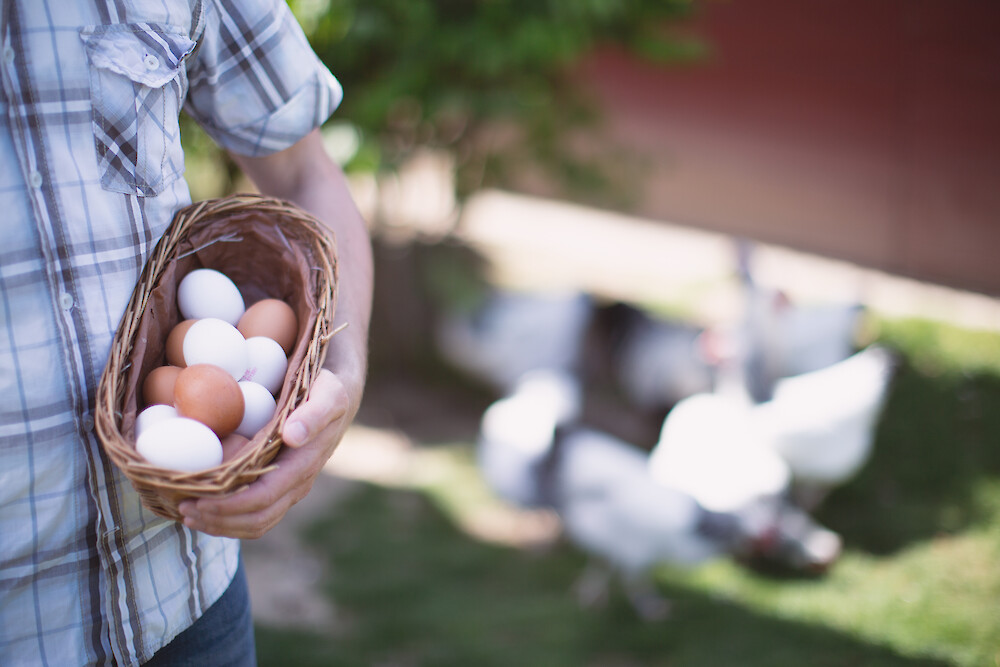
How do chickens get along with my pets (dogs, cats, rabbits)?
Better safe than sorry: If you already own pets such as cats or dogs, for the sake of your four-legged friends - and not least the chickens - you should definitely test how they react to your new neighbours before buying. If your pets have not yet had any contact with real poultry, you might be (negatively) surprised by the reaction.
A purchase "on trial" may also be an option. At least if you are not yet sure whether you like your new life as a poultry owner. Talk to the poultry dealer you trust or your local small animal breeding association.
What is the space requirement of a single chicken?
Prospective chicken keepers should always plan for sufficient space per animal. How much depends on the type of animal and the way it is kept. If the hens move around in a fenced area in the garden, 10-15m2 per bird is usually sufficient. If the hens roam in grassland, it is better to calculate with 30m2 or more. The more space there is for each bird, the less the turf will be stressed by the birds' scratching and will be preserved. Otherwise, you will have to relocate the animals regularly in order to preserve the grass.
The hens also value sufficient space in the coop. The rule of thumb is: keep only about three birds per square metre of barn space. Some breeds require a larger space of about 0.4m2.
How do I design the run for my chickens?
Chickens are active animals. They need exercise, want to explore their surroundings and above all: scratch! The animals are therefore urged to go outdoors every day. The design of the run area is therefore of particular importance for the well-being of your fowl. The run area should be grassy all year round - at least in parts. Shrubs, hedges and/or trees provide the birds with shade in the sun, protection from rain and hiding places against birds of prey. For the daily cleaning of the feathers, a dust bath does a good job.
Ideally, a fence (e.g. wire mesh) provides protection for the birds. It should be about 2.5 metres high and enclose the run area together with the coop. The height depends on the breed and the ability of the animals to fly - thus, for dwarf breeds, a boundary of only one metre in height is usually completely sufficient. If there is a risk of attack by foxes or martens, it may be necessary to electrify the fence at night. Connecting a twelve-volt battery is usually sufficient here. An appropriate fence also helps to minimise the risk of disease transmission (e.g. bird flu)
Flock size: How many chickens should I keep?
Chickens are flock animals. As social creatures, they feel most comfortable in (small) groups. Even if you don't have much space available, you should never keep less than one pair of hens. Depending on how big your family is and how hungry you are for fresh eggs from your own production, it takes between two and six birds for your daily breakfast egg.
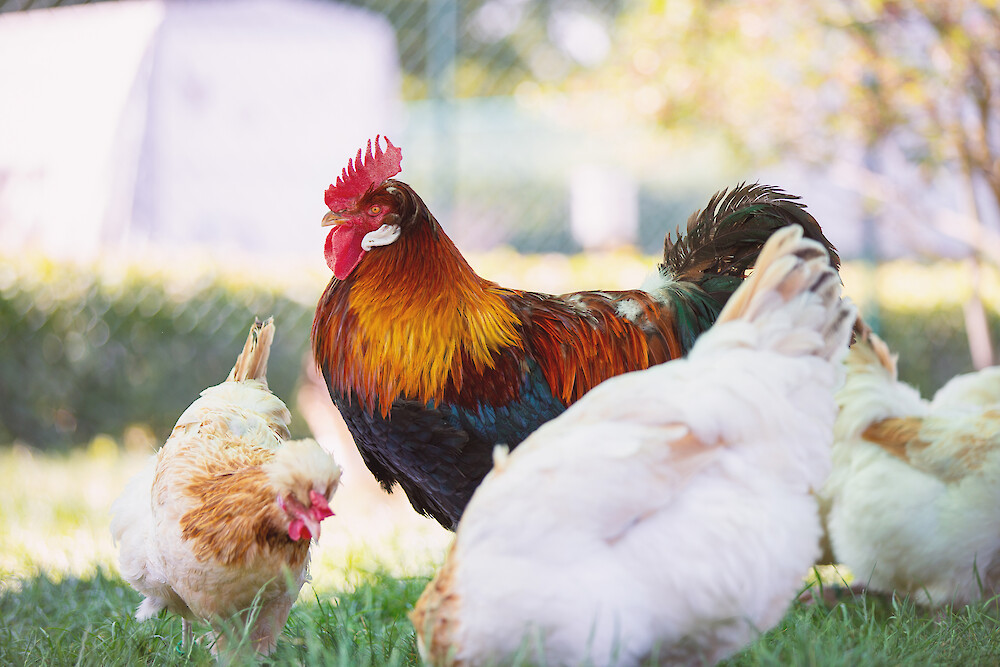
Keeping hens without a rooster - is that even possible?
It may come as a surprise, but: hens get along fine without a rooster. The magnificent roosters also have no influence on the number and quantity of eggs laid. However, their presence can have a positive effect on the social behaviour of the flock.
Another useful "function" of a rooster is that it watches the sky and warns the group of swooping birds of prey. Especially where chickens live close to nature and there are few natural hiding places such as bushes or trees to hide in, roosters can be useful.
Rooster crowing is also the subject of tangible garden fence disputes time and again. There are cases where chicken keepers are only allowed to keep them in soundproof barns. If you do not want to do without a rooster, it is best to ensure that it cannot be heard beyond the boundaries of the property between seven in the evening and eight in the morning.
What does a species-appropriate chicken coop look like?
Chickens also want a safe home for the night and protection from wind, weather and predators. A species-appropriate chicken coop offers all this. But to make your hens feel comfortable in their new home, there are a few things you need to consider to provide them with a clean, well-ventilated, dry and bright home.
Interior design of the coop
- The interior furnishings should be selected according to behavioural standards. Feeding places or troughs, drinkers, perches, nests and scratching areas are a must. Sand baths are also very popular with all hens - especially in winter. The perches should be elevated and have droppings boards placed along the back wall. The laying nests or laying boxes are wooden boxes with dimensions of approx. 40x40x40 cm. So that the animals lay their eggs here, pad everything well with hay, straw or bedding (e.g. spelt litter). Each animal also needs enough space inside the hen house. Allow one to twom2 per hen. You should take into account that weaker birds can avoid stronger ones and retreat to protected areas. Plan for appropriate perches. Feeding troughs and drinking vessels round off the hen house.
Ventilation of the pen
- Always ensure good, sufficient ventilation of the hen house. This will exchange stale air, remove humidity that can lead to mould growth and remove harmful stable gases such as ammonia and carbon dioxide. The supply of fresh air is particularly important for poultry, as they need far more oxygen from the air they breathe than mammals, for example. However, you must make sure that the animals are not exposed to draughts in the barn. Plan the barns in such a way that natural gravity ventilation is guaranteed.
Temperature & barn climate
- A balanced temperature inside the stable is a must. Because: cold stables are (usually) damp stables. They are not only a burden on the chickens' health, but also cause higher feed consumption. The most favourable temperature range for laying hens is between 12 and 22 °C.
Orientation of the house
- The poultry house should ideally face south or south-east. This way the birds get as much sunlight as possible. The sun's rays also keep the entrance area dry at all times. This favours a more pleasant climate in the house.
Materials for building the house
- Poultry houses can be attached to existing buildings or designed as free-standing. Whether they are made of wood or solid masonry is up to you. For reasons of stable climate and due to the lower costs, wood is to be preferred as a building material for breeding poultry houses. Wooden floors are permeable to moisture and thus make a valuable contribution to a dry stable environment. There are hardly any limits to the design.
The right bedding
- To keep the stable dry, comfortable and free of unpleasant odours, use bedding. Spelt l itter from deuka, for example, is suitable for this. Approximately one to two kg/m2 of litter in the coulter area is sufficient for the basic litter.
Locking system for the hen house
- To save you the sometimes tedious opening and closing of the hen house, it can be useful to install an automatic locking system. It opens and locks the entrance flap to the coop fully automatically. If you keep a tap and the barn is well insulated, you can also control when the tap enters the open air. Your neighbours will thank you.
As the animals' requirements for housing and accommodation can differ depending on the breed and species, you should only design the hen house after you have chosen the animals. Find out about the needs of your breed of poultry from your local poultry breeding association or the relevant associations at district and state level.
Do I need a building permit for my poultry house?
The construction of a poultry house also requires a permit in Germany. The basis for this is the Building Use Ordinance (BauNVO), which regulates the structural use of land in Germany, as well as local building law. Especially in the case of fixed, immovable stables, prospective poultry owners must inform themselves in advance and obtain the appropriate permits. If necessary, seek advice from local authorities or the local building authority.
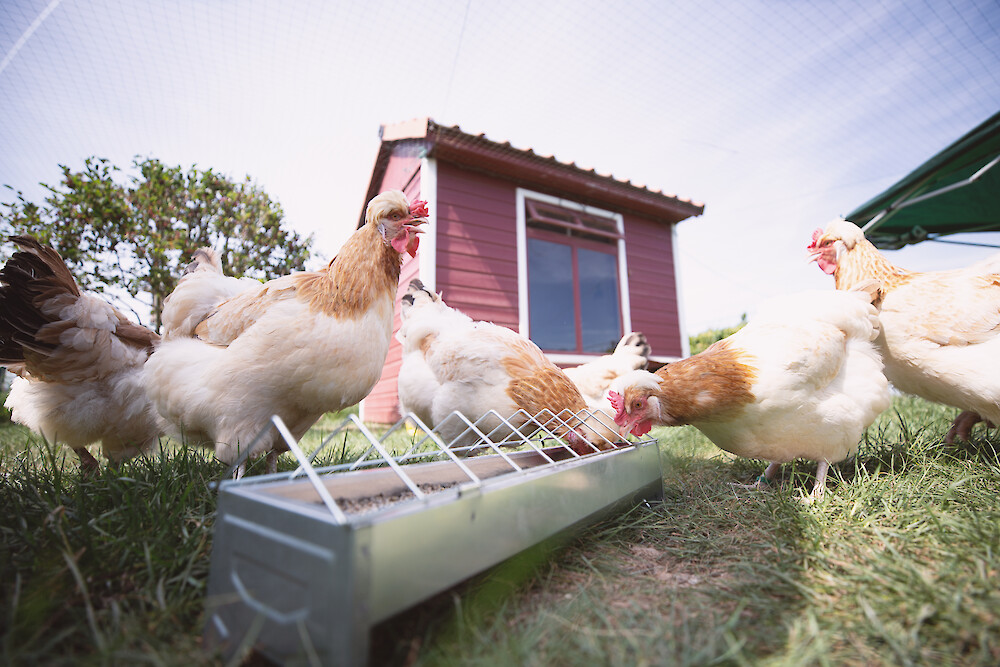
Does a coop always have to be stationary - or can a mobile chicken coop do the job?
No, it doesn't have to be. Alternatively, poultry farmers can also house their flock in a small, mobile chicken house. By regularly moving the vehicle, which is usually mounted on wheels, you avoid the formation of bare patches on the lawn caused by the regular scratching of the animals. The boundary to the rest of the garden is created with the help of a special chicken wire.
Can I build a chicken coop myself?
With a little craftsmanship, the right materials from the DIY store, a little time and good nerves, it can be done. Most of the time it works very well. A homemade chicken coop is also often cheaper. However, in order to meet all the requirements of the new inhabitants, you will have to invest more time and nerves in a do-it-yourself solution to make the coop poultry-friendly and species-appropriate. This requires research and a certain amount of knowledge about the needs of chickens.
Who can I get chickens from?
Prospective poultry farmers can obtain laying hens and cockerels through various channels: The first port of call should be local poultry farmers. Do some research online or in the yellow pages. Small animal breeding clubs are also a good place to start; after all, chickens are also considered small animals. Finally, there are commercial breeders of poultry. With them, self-collection is the rule after prior ordering.
Another possibility are poultry markets and small animal and poultry exhibitions in your area. Look out for appropriate notices and announcements in the regional daily and advertising newspapers. Here you can get a good impression of the variety of local poultry breeds and the different nature and behaviour of the animals. Many a poultry lover has fallen head over heels in love with a rare breed that was previously completely unknown to him/her. - Travelling poultry traders are becoming increasingly rare, but can still be found in some regions.
Contact person

Theresa Oesterwind
Contact person

